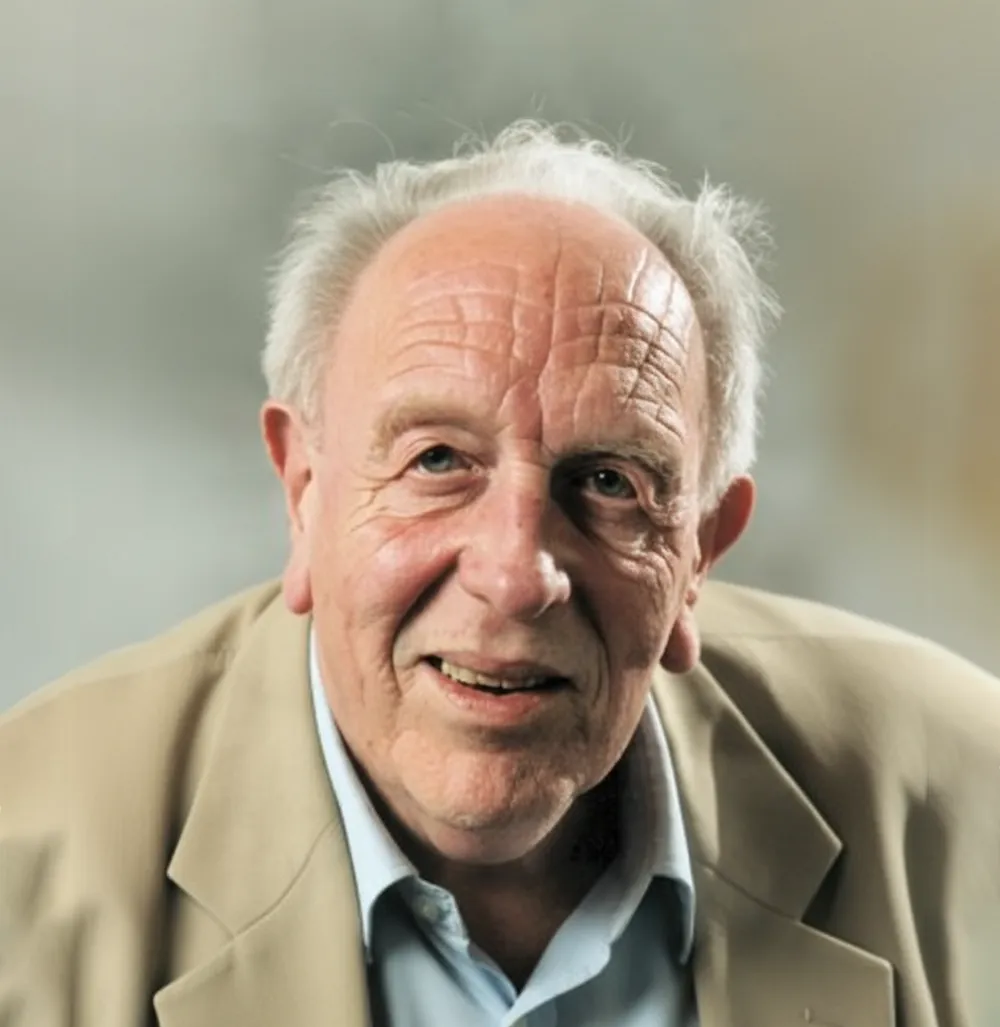Nigel Calder, FRAS, FAAAS
Nigel Calder, FRAS, FAAAS has spent a lifetime spotting and explaining the big discoveries in all branches of science, from particle physics to human social behavior.
After army service, graduation from Cambridge University, and two years’ work as a research physicist for the Philips Group, he began his apprenticeship as a science writer on the original staff of the New Scientist in 1956. He became editor of that magazine in 1962. Since 1966, he has worked as an independent author and television scriptwriter. For his work for BBC-TV in scripting and sometimes presenting a long succession of science specials filmed world-wide and typically 2 hours in duration with accompanying books, Nigel won the UNESCO Kalinga Prize for the Popularization of Science. These and other programmes for BBC-TV spanned the years 1966 (Russia: Beneath the Sputniks) to 1981 (The Comet is Coming!).
As a member of the Initiative Group for the Foundation Scientific Europe, Maastricht, from 1986 to 1989, he was general editor of its book Scientific Europe, with contributions from 92 distinguished scientists and engineers in 20 countries. After an interlude reconnoitering and scripting a worldwide TV series Spaceship Earth for Channel 4, Nigel returned to the European theme. From 1991 to 2006, much of his work was for the European Space Agency, communicating the results and plans of its science programme in books, live TV broadcasts, videos, online video talks, exhibitions, and press releases.
His output of books continued, including the following books:
Comets: Speculations and Science — reissue as a Dover Classic of his 1981 BBC book The Comet is Coming!
1997 The Manic Sun for Pilkington Press etc., about the Sun’s role in climate change, including the discovery of the link via cosmic rays.
2003 Magic Universe: The Oxford Guide to Modern Science for Oxford UP, etc. At 300,000 words and three years in the writing, this was short-listed for the Aventis Prize for Science Books.
2005 Einstein’s Universe for Penguin UK & USA, etc., a reissue for “Einstein Year” of a popular guide to general relativity first published in 1979, with an updating Afterword.
2005 Albert Einstein’s Relativity: The Special & the General Theory was issued as a Penguin Classic, with Nigel’s explanatory Introduction.
2007 The Chilling Stars: A New Theory of Climate Change for Icon, etc., joint author with Professor Henrik Svensmark of the Danish National Space Institute. Ten years after The Manic Sun, it carries forward the story of cosmic rays and climate change. It was updated with a Postscript in 2008.
His most recent television production credit is as script consultant for The Cloud Mystery (2008), a 52-minute film for Mortensen Film, Copenhagen. The shooting script for a 90-minute film Abdus Salam that he wrote about the Nobel-prizewinning Pakistani physicist, for Kailoola Productions, New York, awaits funding for the filming.
He’s a Fellow of the Royal Astronomical Society (Council Member 2001–04) and a Fellow of the American Association for the Advancement of Science (for his TV work). He was a founding patron of the National Space Science Centre, Leicester (2001), President of Section X of the British Association for the Advancement of Science (1984), member of the Planning Council, International Ocean Institute, Malta (1983–90), and Chairman of the Association of British Science Writers (1960–62).
Nigel has given advice and assistance about public information to the Nobel Foundation, the Pugwash Conferences on Science and World Affairs, the International Council of Scientific Unions, the UK Particle Physics and Astronomy Research Council, UNESCO, CERN, the European Molecular Biology Laboratory, and the OECD.
With a literary by-product of half a lifetime of family cruising under sail, he won the Best Book of the Sea award for The English Channel at the London Boat Show. He is a former Vice-President of the Cruising Association, London (1982–85).
Read Why is science so sloooow, An experiment that hints we are wrong on climate change, and CERN experiment confirms cosmic ray action. Read his blog.
